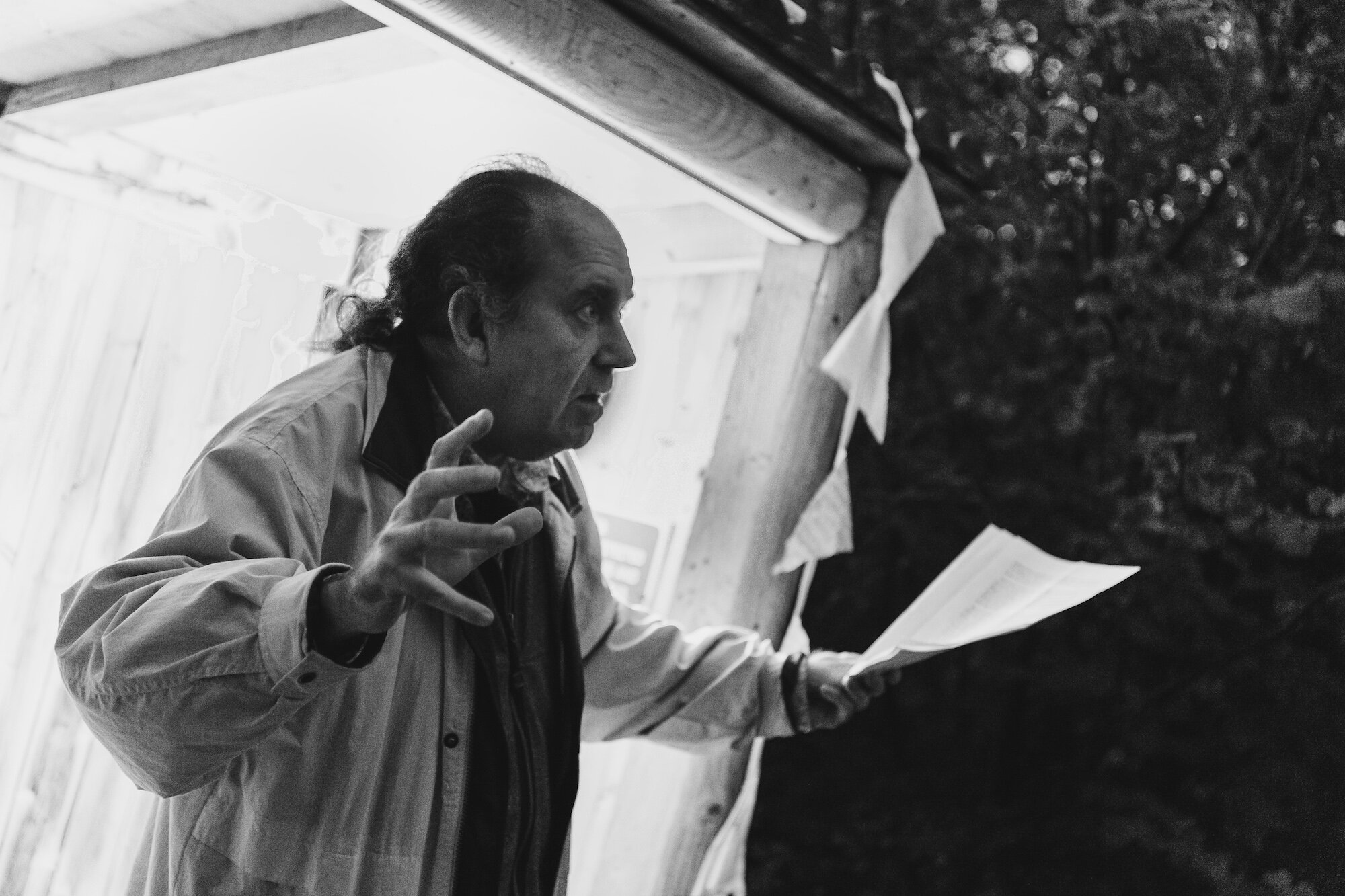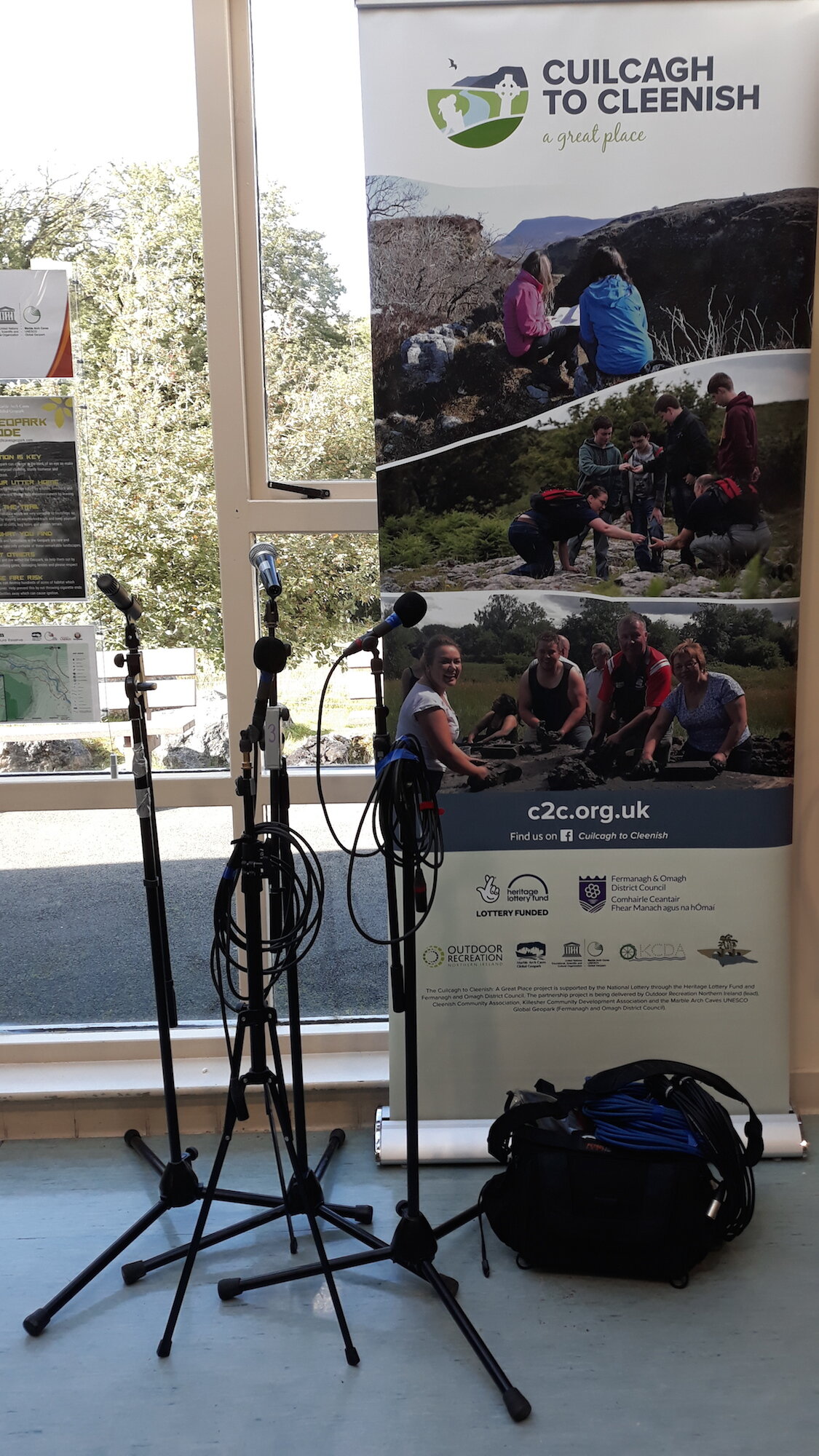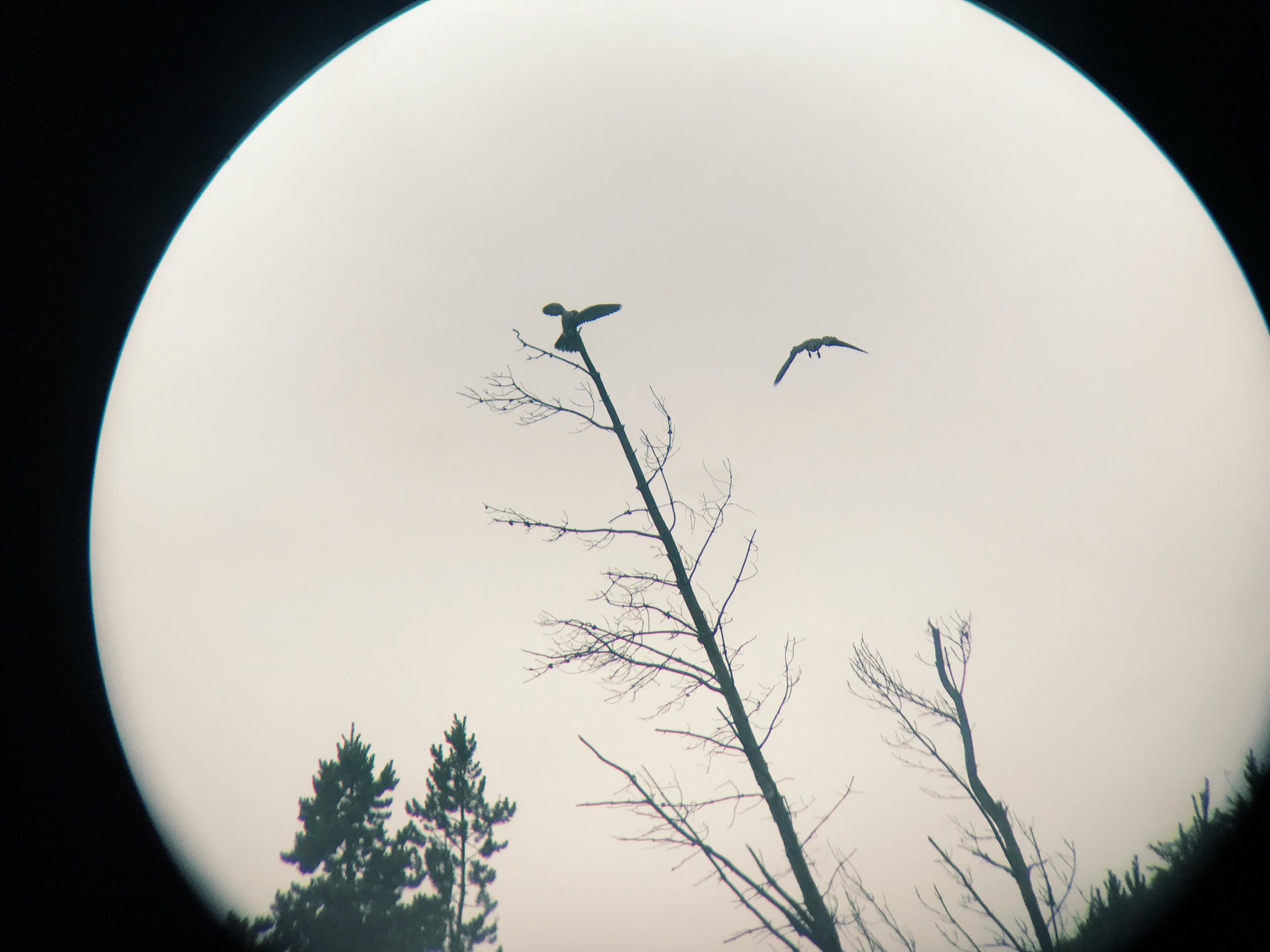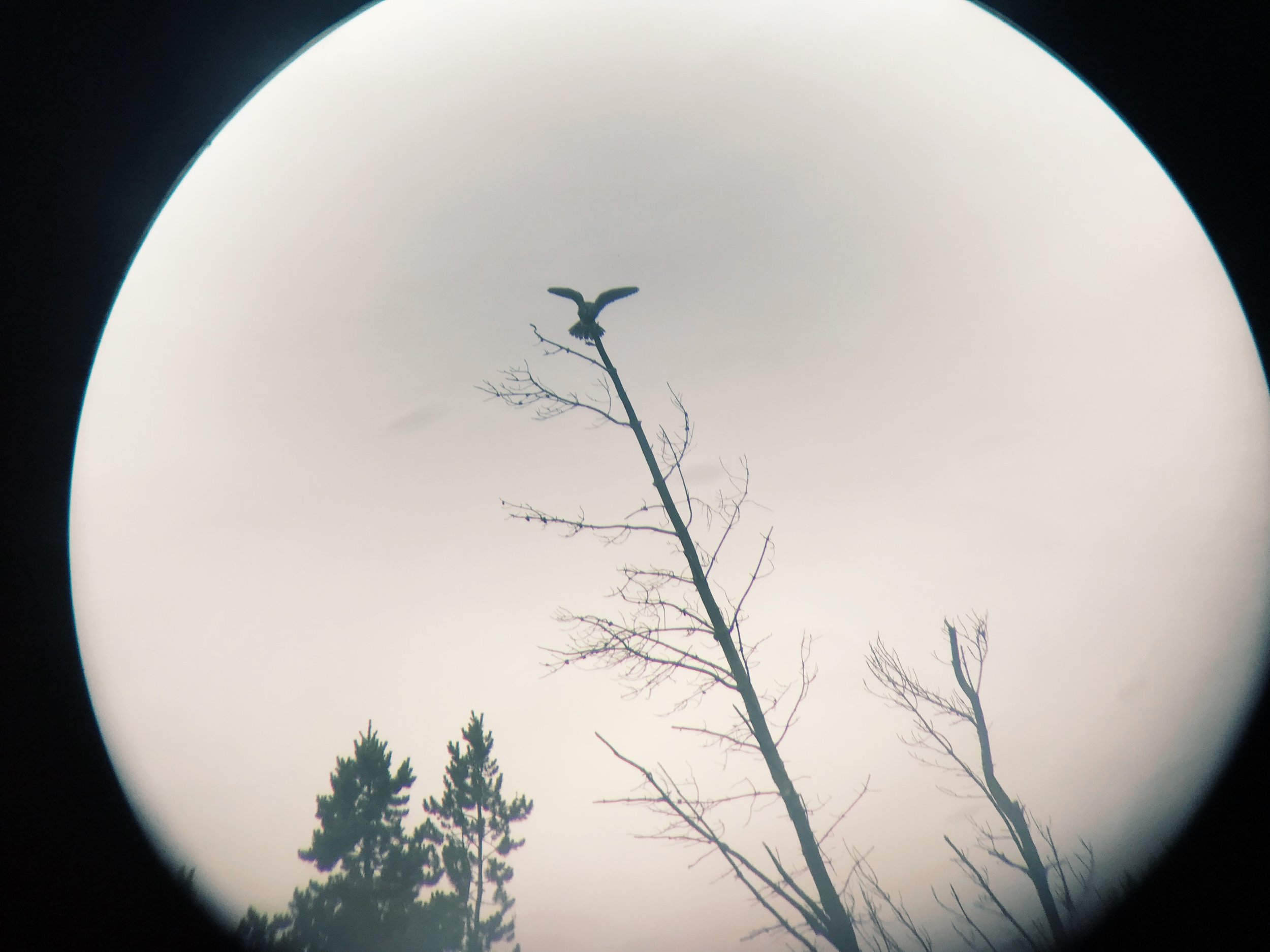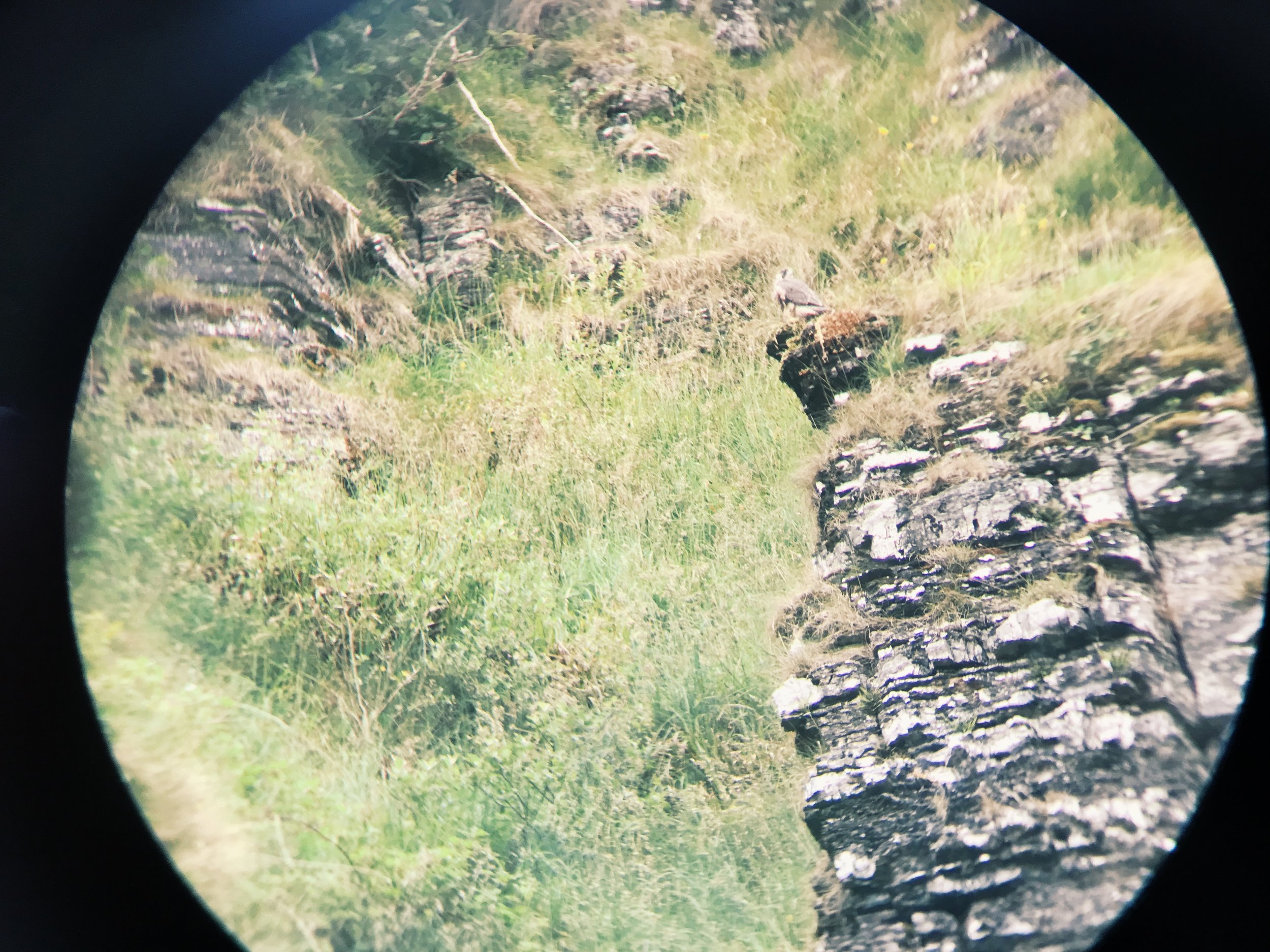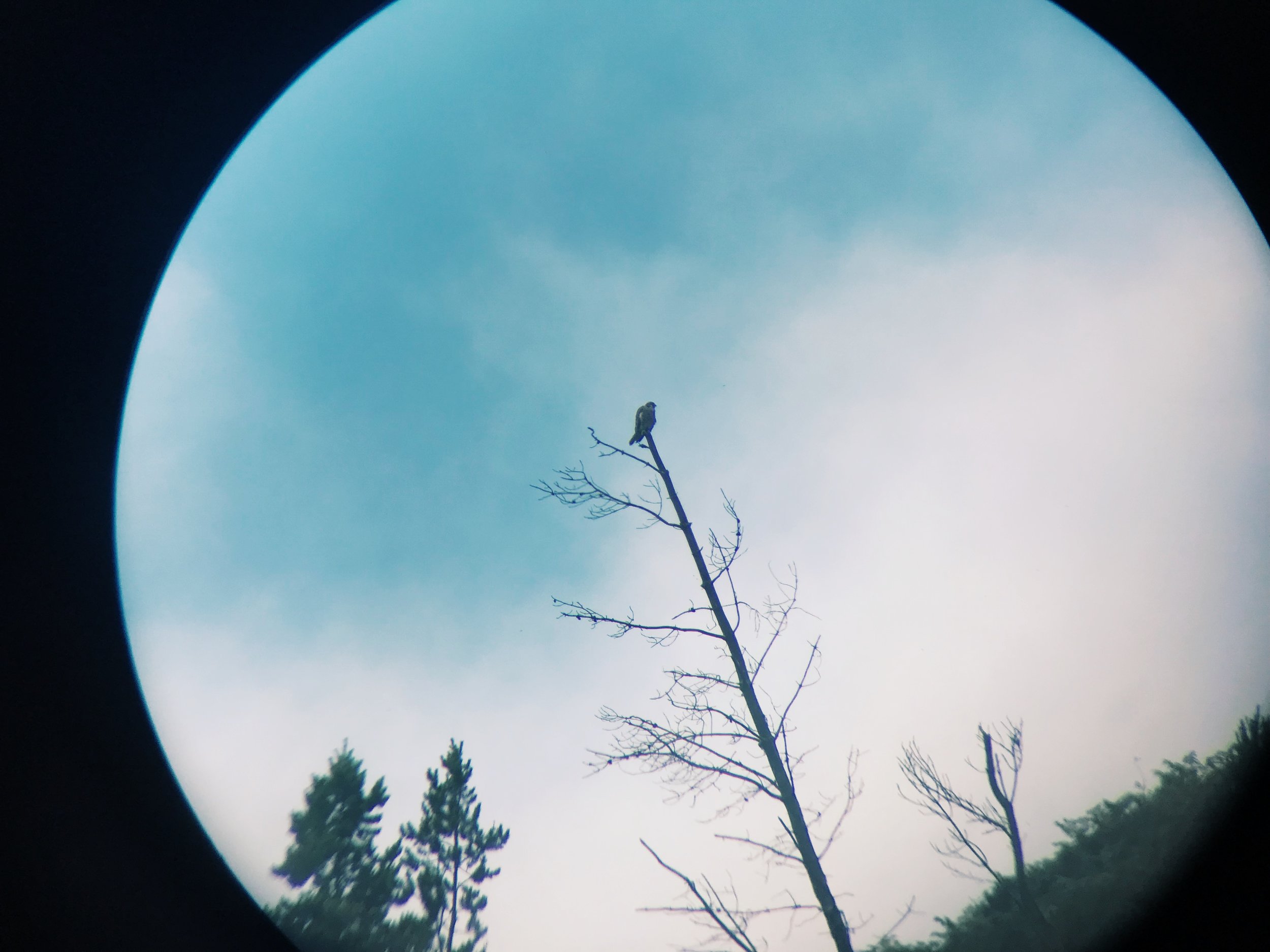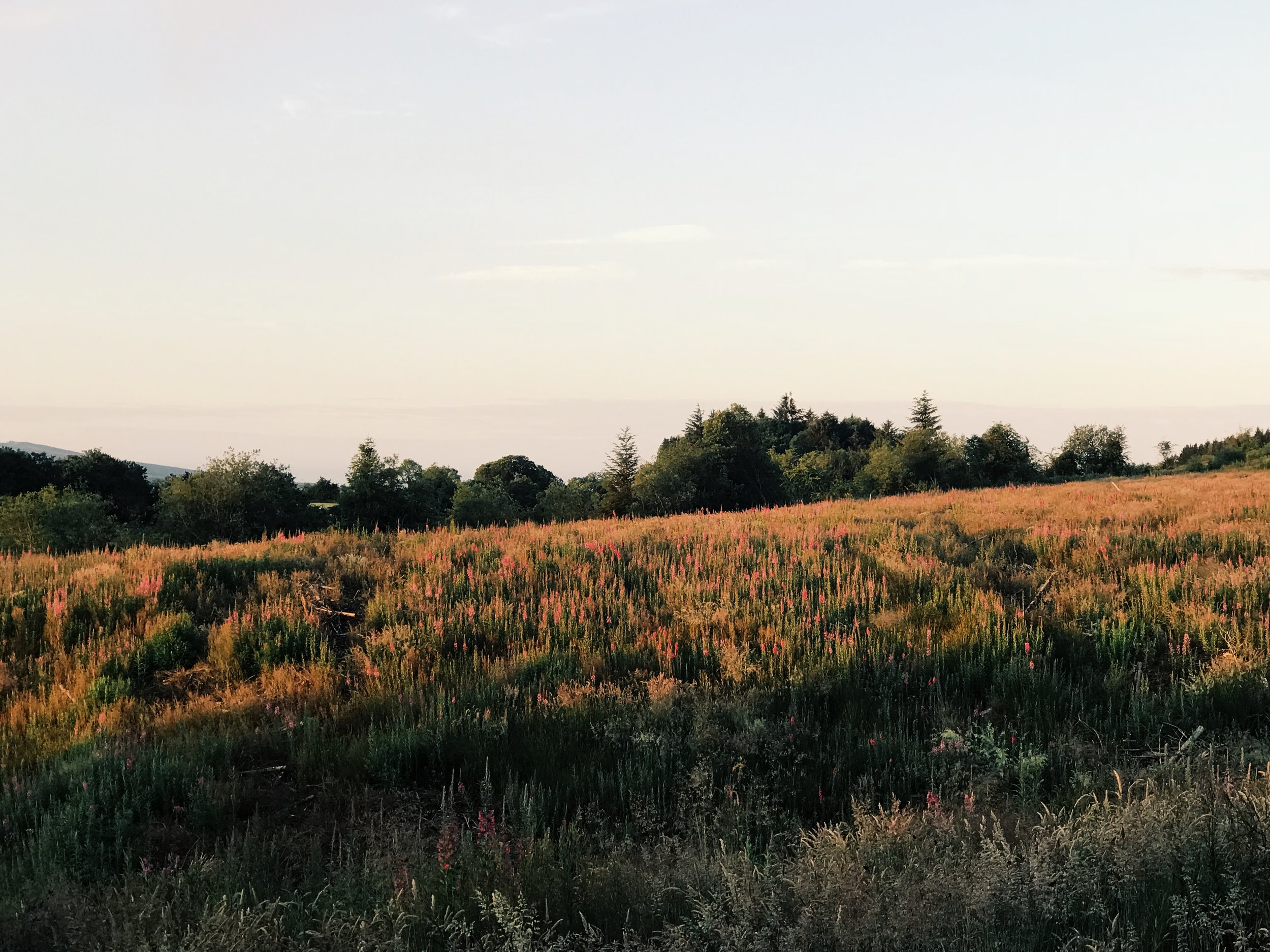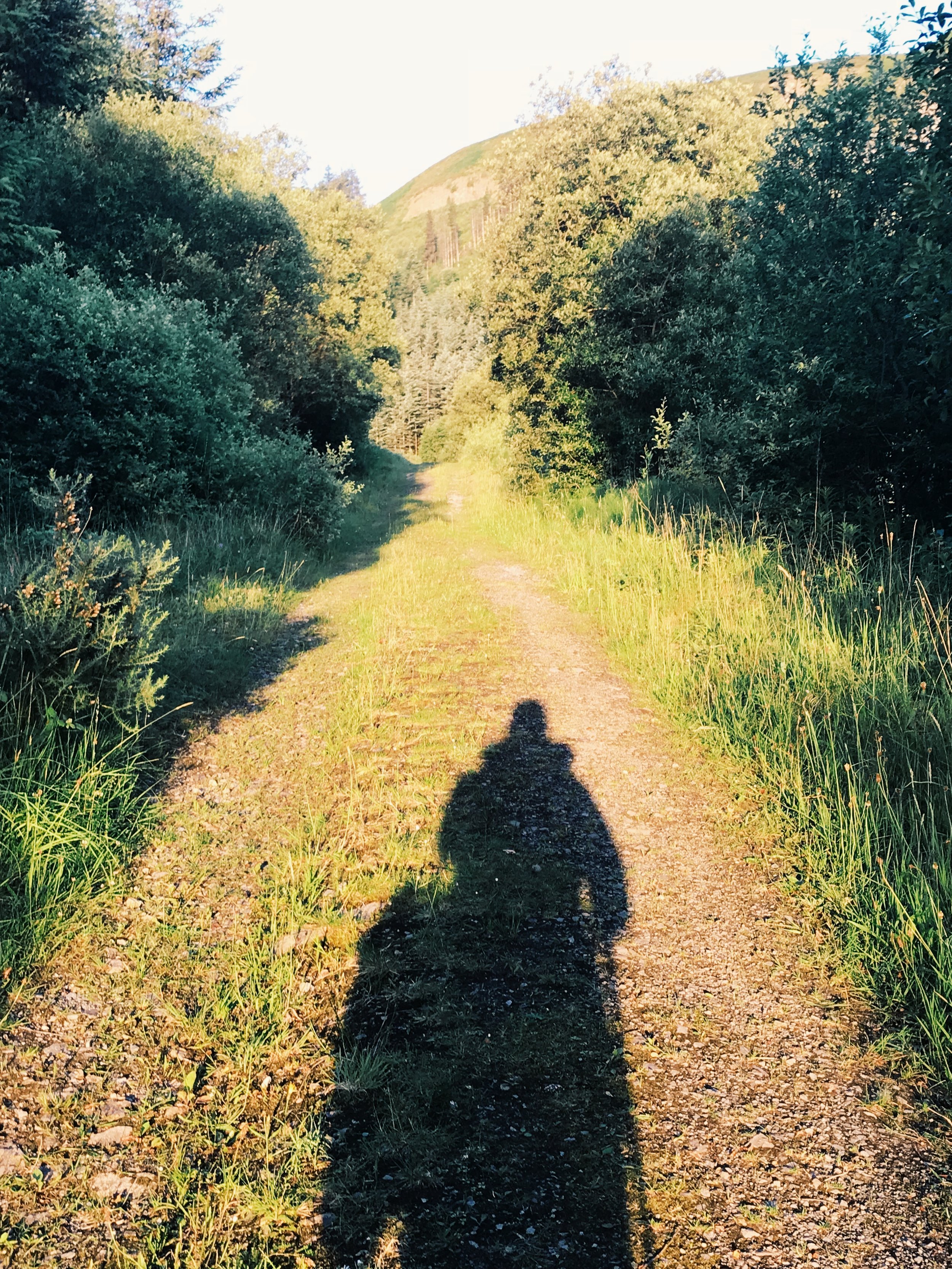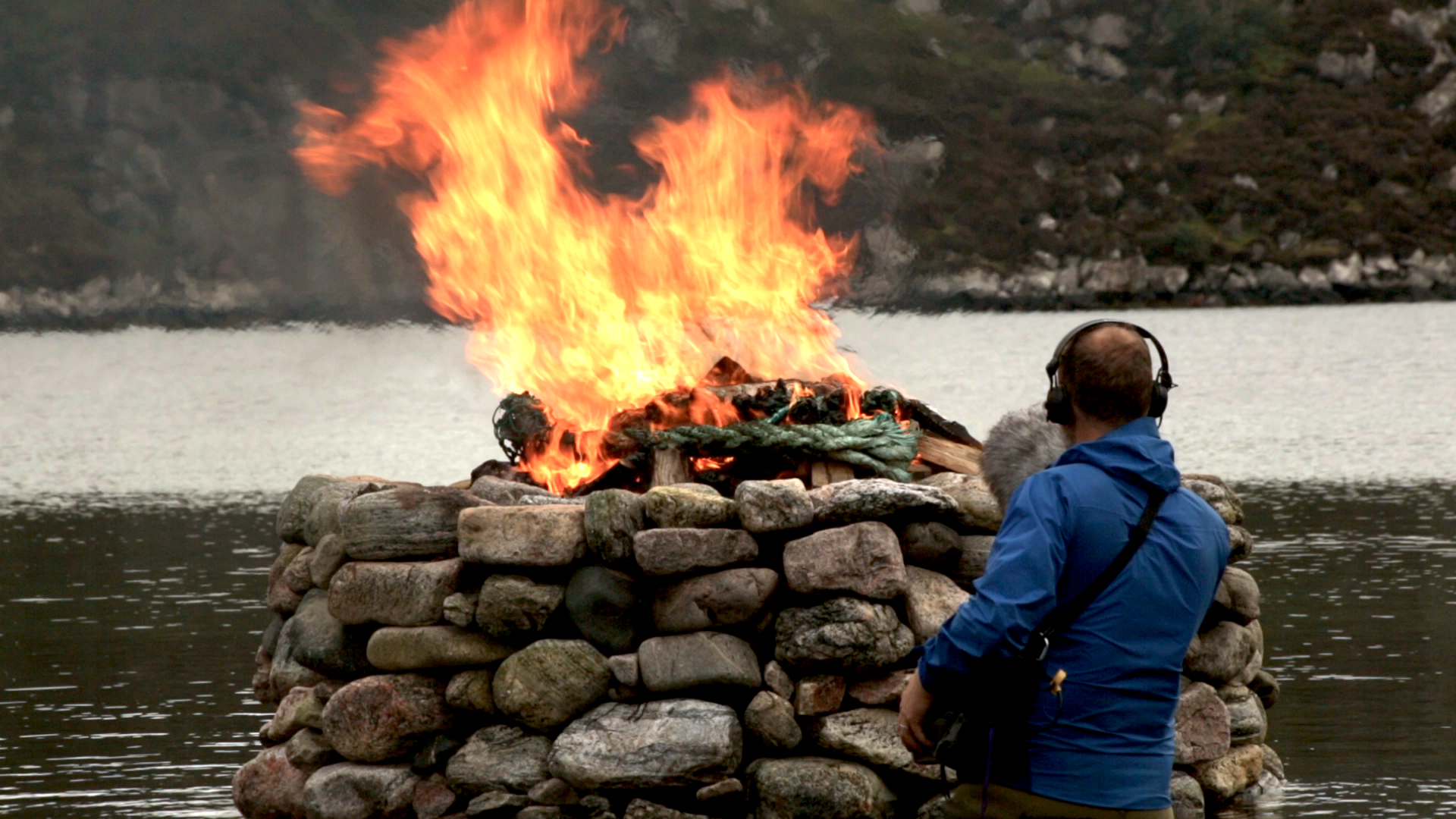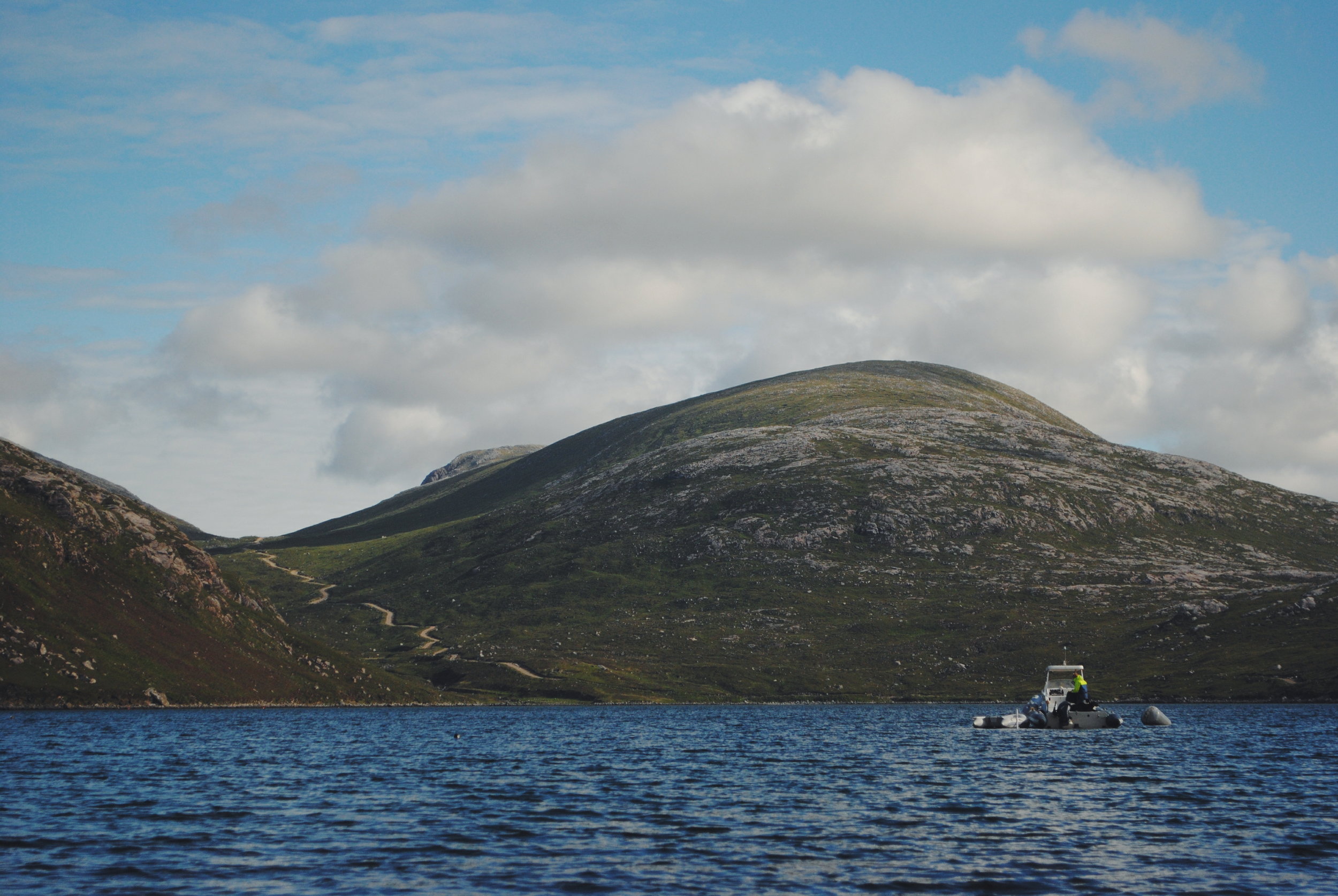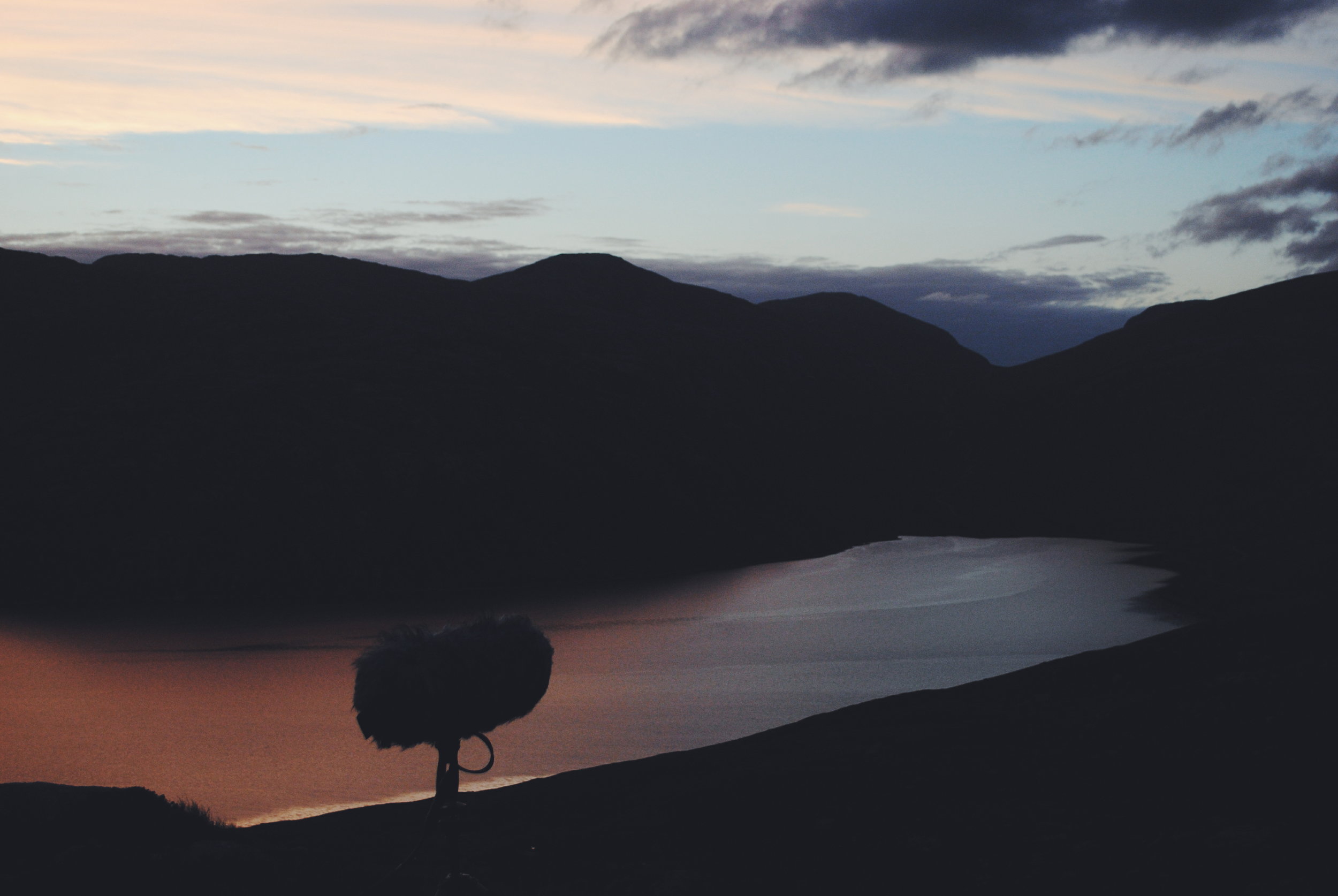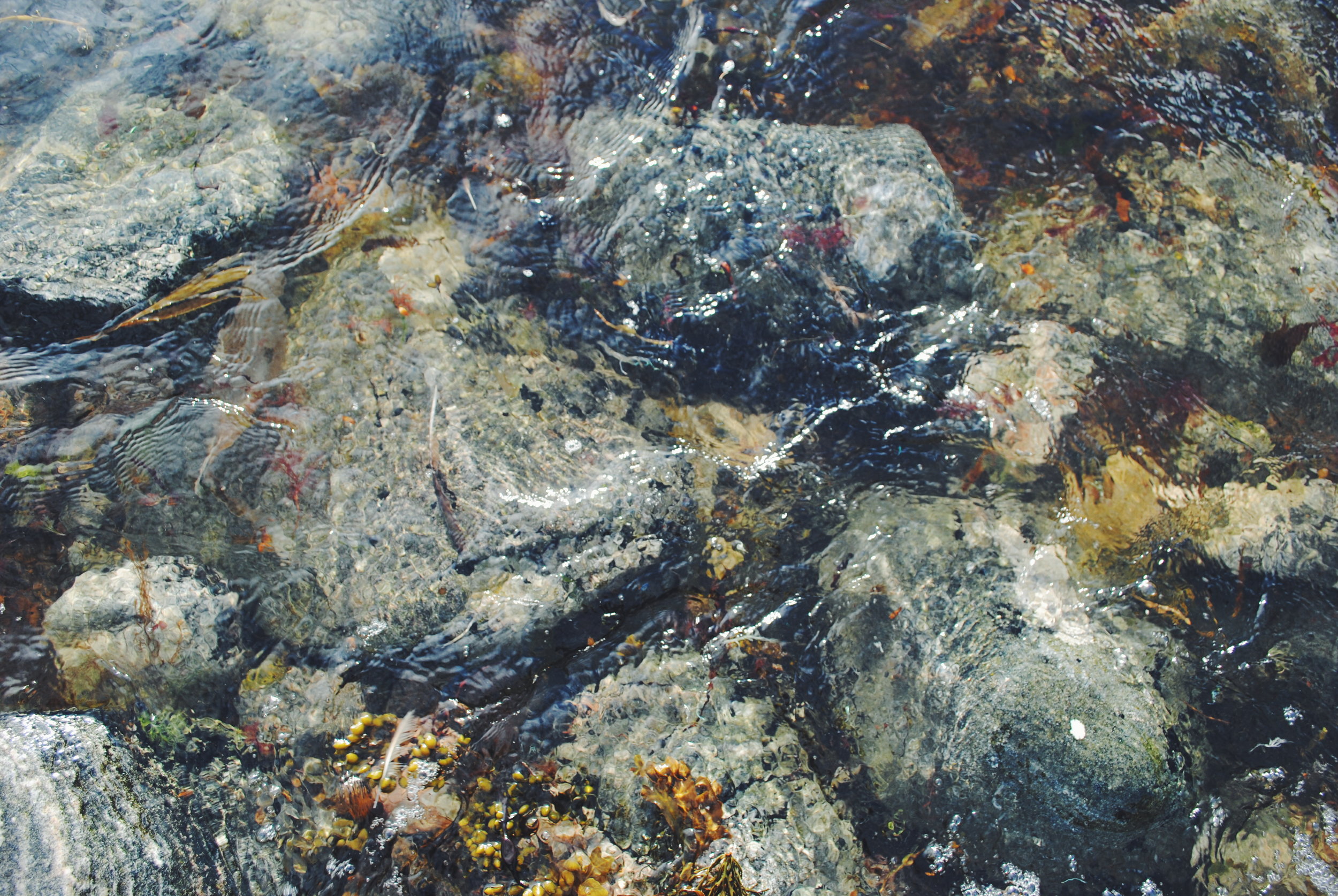Going Underground! Cathal McConnell about to begin his performance at Marble Arch Caves. [c. Ronan McGrade Photography / Cuilcagh to Cleenish]
Two years and one pandemic ago I was approached to record a unique concert in County Fermanagh. Organised by the Cuilcagh to Cleenish heritage project to showcase the music and culture of these water-logged lands, Going Underground! took place in September 2019. The chosen venue was the atmospheric water-carved chambers of Marble Arch Caves, part of the wider UNESCO Global Geopark, our local nature gem here in Fermanagh and Cavan. The challenge involved recording several musical performances and spoken voice, at various locations along the cave system, with a free-moving audience, and a potentially flooded river - after all this is Ireland and rainfall is almost written in law.
Acoustically these natural halls are a delight, except for the one big elephant in the room, you might have guessed it: water. Masses and masses of water sink through the limestone from three different rivers into the cave system. When the flow is low, the noise of the water is akin to a trickle. When the flow is high however, it turns into white noise, our most pervasive enemy as sound recordists, as it covers the entire human audible range. And if the flow is very high some chambers flood and the caves close to the public.
The week of the concert we had copious amounts of rain, and there were talks of cancelling the concert. But we went ahead; after all, if it wasn’t for water none of this (none of us!) would be here. So we embraced it and what a night it was. My favourite aspect of the night, aside from the setting and the challenge it posed as a sound recordist, was to see so many community members, all gathered to enjoy a special evening listening to music; listening to their music.
There was also spoken word, tea, cake, and a wider sense of discovery as the audience moved in small groups around the different chambers, following the sounds. Here is Séamas McCanny setting the tone at the entrance gates:
After Séamas’ dark stories, the crowds were then lead inside the cave in small groups to listen to a talented roster of musicians spanning all generations, including: Cathal McConnell, Shauneen Maguire, The Tumbling Paddies, Ancient Music Ireland, Mullaghy Flute band, The Owens Sisters and Tommy Owens and Eugene Dolan.
Onto the geeky technical part.
In order to cover all the performances in the given time I used what I would decribe as a combination of field recording and live gig recording techniques. Each performer would play to a given group, and I had to hop between groups, usually arriving before a group settled and leaving after their departure so as to to reach the following ‘stage’ before the next group’s arrival. There were 5 audience groups and 7 performances inside the cave, plus an 8th one in the cave’s cafeteria. This meant I had to haul a portable rig to capture everything, as well as to find suitable pit stops where I pre-dropped mics and cables to plug into when necessary. Luckily one of the cave guide’s (sorry I cannot remember your name) helped me carry 2 sets of microphone stands along the way. This is the gear I used:
Portable kit
DIY Binaural head (named Aurora) with OKM Classic matched omnidirectional microphones recording onto a Sony PCM-D50 (see picture below).
2x Sennheiser 8040 Cardioid microphones, 1x DPA 4060 omnidorectional microphone, 2x lightweight microphone stands, recording onto Sound Devices 744t recorder though a Sound Devices 552 mixer.
Pre-rigged
Heavy duty microphone stands and Shure SM58s and SM57s. These were placed mid-way through the route, coinciding with the biggest group of performers (The Tumbling Paddies) for which I needed that extra number of channels. Their location was quite tricky as there was a lot of water dripping from the ceiling, which was not only a source of noise but also a risk to the gear. Luckily the Shure dynamic mics are well known for their sturdiness.
Despite the not ideal conditions, it was a one-of-a-kind experience and on the whole we all appreciated the results. You can listen to the full concert playlist here, hopefully you will get a feeling of what a great evening was had. Personally, I am grateful to have been given the chance to play a small part in preserving the local acoustic heritage, which is what Sound Ark is all about.
My thanks to Cuilcagh to Cleenish, the performers, the audience, and the Marble Arch Caves staff. Thank you for reading.

![Going Underground! Cathal McConnell about to begin his performance at Marble Arch Caves. [c. Ronan McGrade Photography / Cuilcagh to Cleenish]](https://images.squarespace-cdn.com/content/v1/5261968ee4b06072c3521a8b/1629449740125-XUD4Q2KONRK9HLY12DTI/Marble_Arch_Music_05+copy.jpg)










